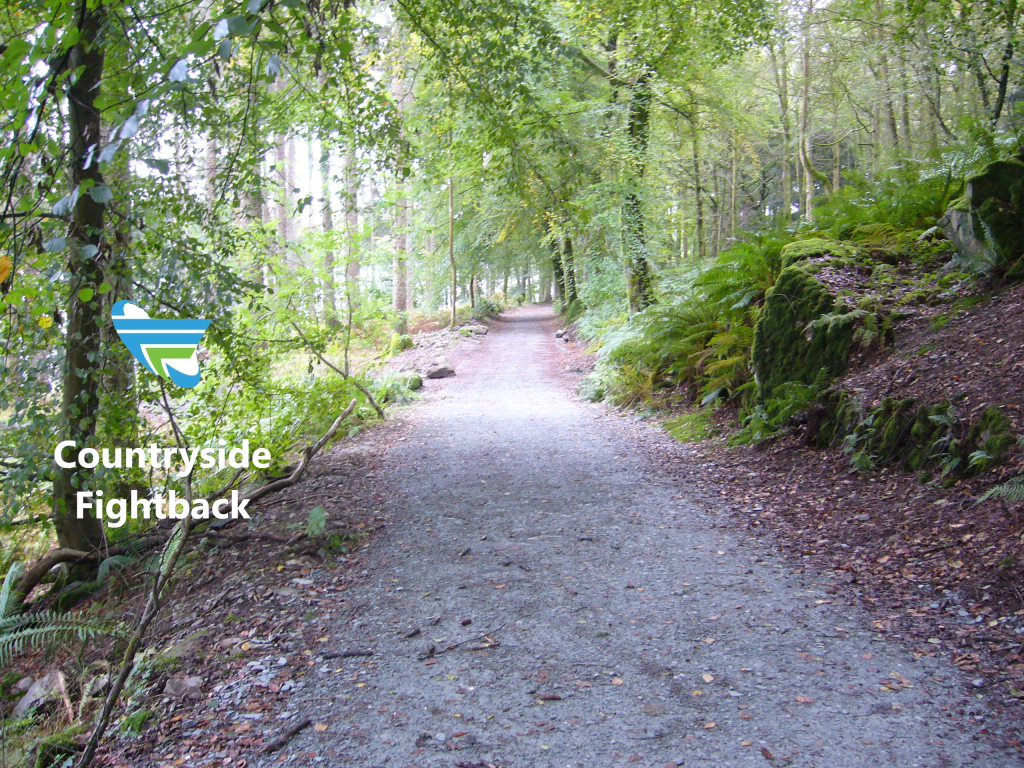
Introduction
We intend this to become a series of articles to illustrate some of the very many UK conservation projects. Projects that are happening throughout the length and breadth of the UK on a daily basis.
Actually, in a very real sense, it is a counter to the many negative reports. Usually by those who contribute little or nothing to the subject. With the exception, perhaps, of their keyboard warrior style denigrations.
Those truly involved in conservation are more likely to simply get on with the job. Indeed, they would rather not make a great song and dance about what should, or should not, take place.
Escrick Park Estate
It is easier to start with something one is most familiar with. Something closer to home, something that I have visited. Escrick Park Estate is ideally situated for me in this respect.
The same family has owned and managed Escrick Park for over 300 years. Situated a few miles south of York, the estate is accessible from the A19 at the village of Escrick. Escrick was originally an estate village and home to many of those who worked on the estate. Currently, the estate covers an area of some 8000 acres with diversification and conservation being at the very heart of its development.
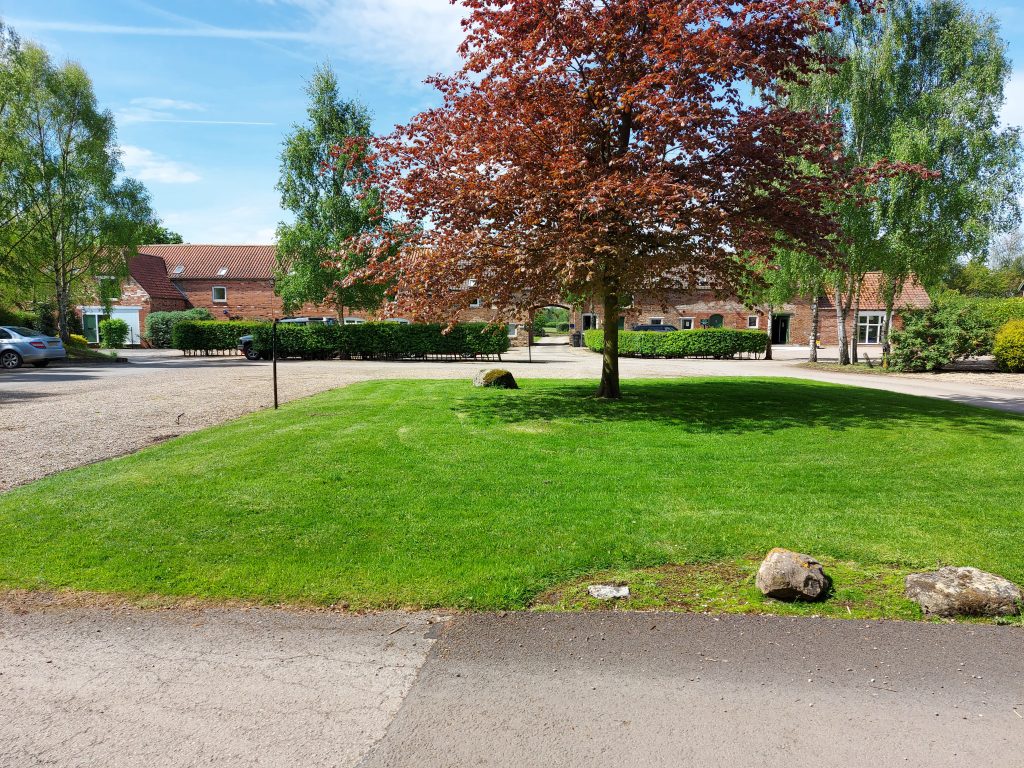
Many of the original estate buildings, such as the Menagerie (pictured), have been sympathetically refurbished and are let to local businesses.
The main part of the estate provides areas suitable for horse riding and dog walking in a secure environment free from traffic and fenced off from areas devoted to wildlife. One such wildlife area, not open to the public for obvious reasons, is the grey partridge conservation project. In this view the original hall, now a school, is visible in the background. In the foreground the original grounds are now largely let to tenant farmers.
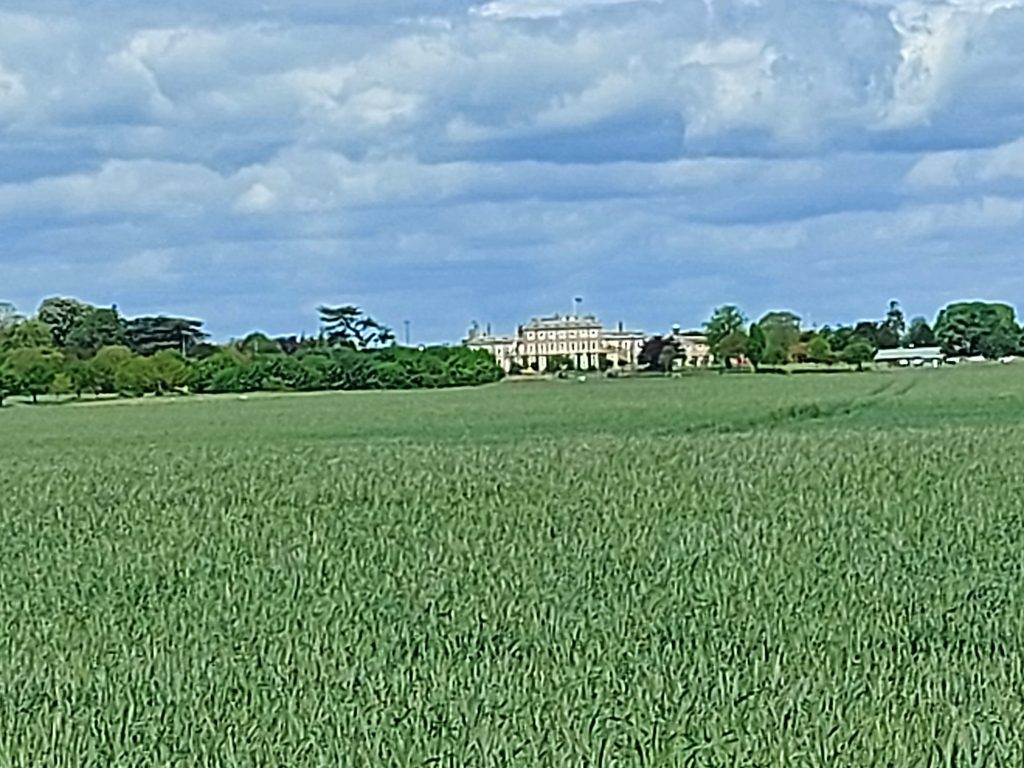
Skipwith Common
The estate includes Skipwith Common, one of the few remaining lowland heath areas left in the north of England. It comprises ponds, open heath, mire, fen, reed-bed, woodland and scrub.
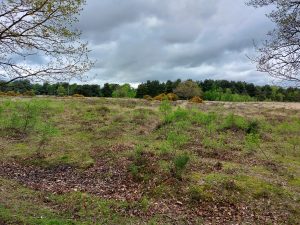
The Common supports a huge variety of plants and animals and is managed in conjunction with Natural England.
There is reasonable on-site parking and access is free, although visitors are requested to stick to the paths and keep dogs on a lead to avoid disturbing the wildlife.
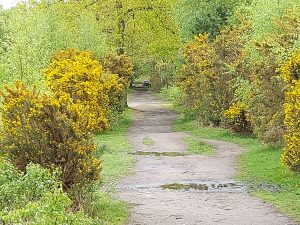
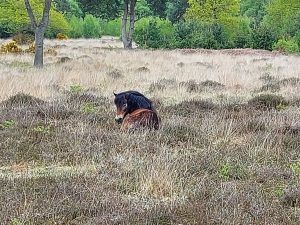
Regularly seen are an ancient breed of longhorn cattle, Hebridean sheep, Exmoor ponies plus a herd of fallow and roe deer. All wild.
Some five hundred yards or so into the Common can be found evidence of the WWII RAF airfield (Riccall) that once occupied part of the area. Further, a short circular path reveals the remains of the maintenance areas and one of the main runways. Plants and wildlife seem unperturbed by this temporary incursion, however, and are rapidly reclaiming the area.
Heronby
Perhaps the most ambitious project is the proposed development of a new settlement, Heronby, to the south west of Escrick. Named after Heron Wood, which will be at the heart of the settlement, it is intended to include some 35% of green, public open space. Furthermore, Heron Wood will be extended with native trees and shrubs designed to increase the biodiversity of the area. The image, taken from above the site of Escrick Station, shows Heron Wood which is the proposed centrepiece of the new development.
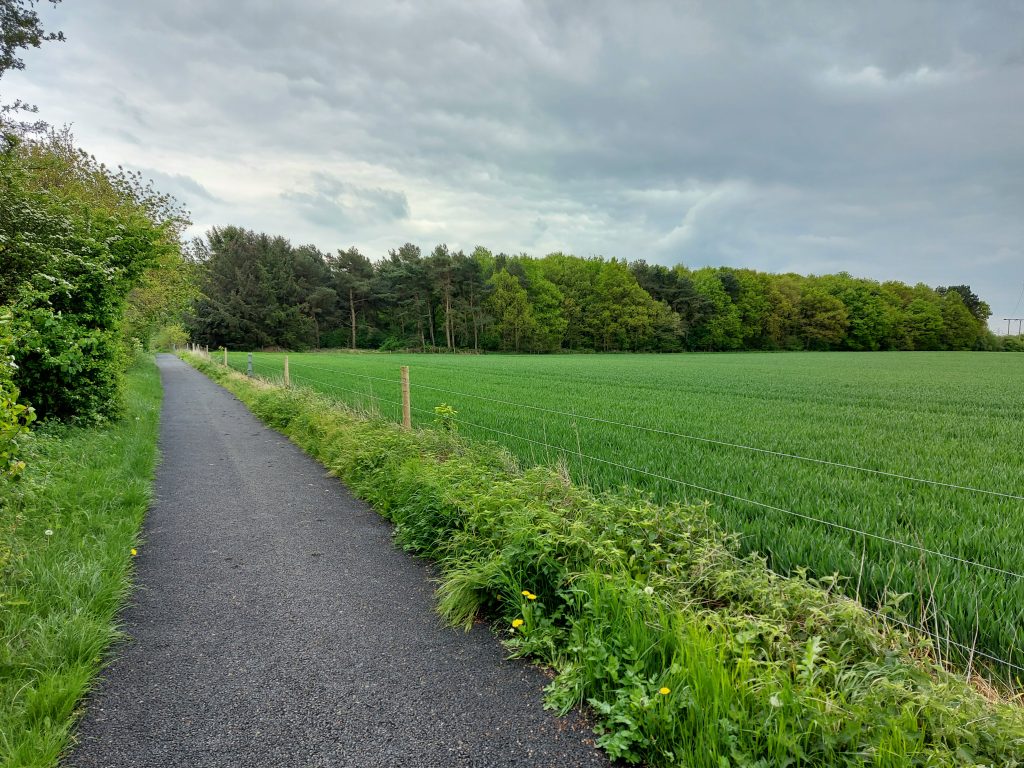
Heronby itself will incorporate ‘walkable’ facilities in the form of schools, workplaces and parks. All will be easily accessible on foot or by cycle. What is more, for those needing to go further afield the Trans-Pennine Trail is nearby. In fact, this trail runs through the centre of the proposed settlement providing easy cycle access to York. Without the use, or risk, of major roads.
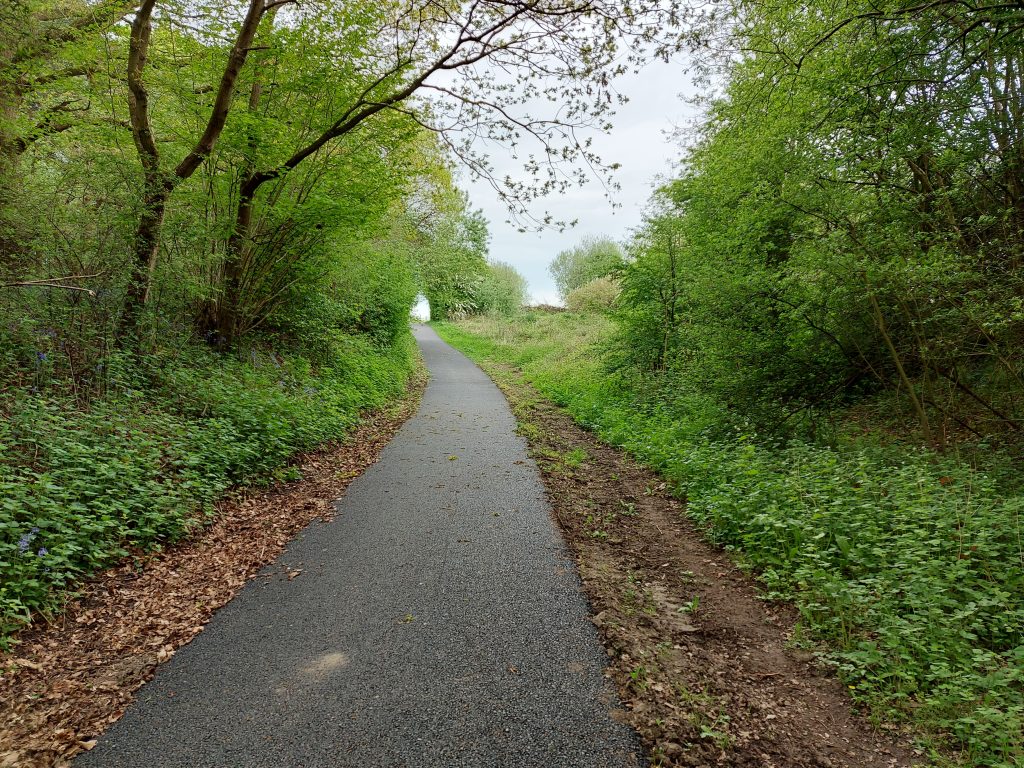
In this image, taken from the outskirts of Heron Wood, the Trans-Pennine Trail, which follows the route of the old Selby-York line, takes a detour around the site of Escrick Station. The line itself was originally diverted due to the risk of subsidence from mining and the necessity to significantly reduce speed in this area.
The wide range of projects being undertaken shows that wildlife and biodiversity are important aspects of conservation as well as other crucial aspects such as living spaces.
Editor: We welcome contributions to this series of articles. Post a comment with brief details and we’ll get in touch. Thanks.
